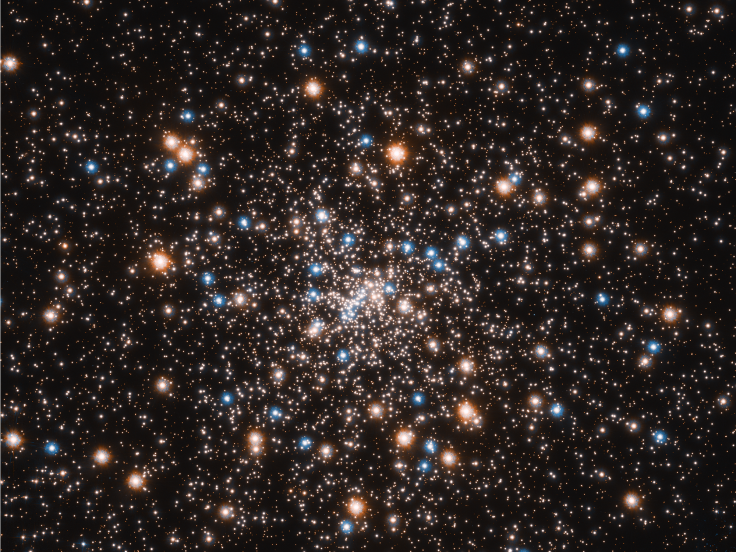National Space Day 2021: 11 Out-Of-This-World Space Facts, Ways To Celebrate The Occasion
KEY POINTS
- National Space Day aims to encourage youths to pursue space-related careers
- There are some simple, yet fun ways for kids and adults to celebrate
- Below are some interesting facts about space
Space enthusiasts! Get ready to celebrate because this Friday is National Space Day. It's the perfect time for experts and newbies alike to enjoy all things related to the universe, from achievements in space exploration to incredible discoveries.
National Space Day is celebrated on the first Friday of May. The point is to promote science, math, technology and engineering among youth to inspire them to pursue space-related careers, National Day Calendar noted.
Children and adults alike can use the occasion to learn more about the vast universe. For instance, people can watch their favorite space-related movies, plan stargazing activities or perhaps watch recent launches.
People can also look into recent scientific advancements in space exploration, or the ones that are already being planned. You can also check out what the Hubble Space Telescope saw in space on your birthday.
"While we've only been exploring space for less than 60 years, we continue to learn so much," National Day Calendar said. "Imagine all the roles in space you can fill."
Let's have a look at some interesting facts about space: (Courtesy — Arizona State University, NASA, Britannica and The Planets.org)
- It's completely silent in space. Since there is no atmosphere, there is no medium for sound to travel or be heard. To communicate in space, astronauts use radios.
- There could be a planet made of diamond. A study by Yale University found that the surface of the planet, known as 55 Cancri e, was made of diamonds and graphite. The planet is just about 40 light-years away.
- Our Milky Way and the neighboring Andromeda Galaxy are on a collision course to form one massive galaxy. Experts estimate this would happen in 3.75 billion years.
- A parsec is an astronomical unit of length; one parsec is about 19 trillion miles. Most galaxies have a diameter of between 1,000 and 10,000 parsecs.
- It's not possible to accurately count the number of stars in the universe or the grains of sand on Earth, but it is estimated that the stars in the universe are more than the grains of sand. Experts estimate that there are one septillion stars in the universe, more than the estimated seven quintillion grains of sand on our planet.
- The famous Halley's Comet that was discovered in 1705 only comes near Earth every 75 or 76 years. Since it was last seen in 1986, the next time people will get to see it would be in 2061.
- Space technically begins 62 miles or 100 kilometers from the surface of the Earth.
- Mercury is said to be the fastest planet in our solar system. Traveling at an average of 107,000 miles per hour, a year on Mercury just takes 88 Earth days.
- The sun accounts for 99.86% of our solar system's mass. About a million Earths can fit inside it. By comparison, about 1,300 Earths could fit inside Jupiter.
- There are more trees on Earth than the number of stars in the Milky Way; the galaxy has about 100 to 400 billion stars while there are three trillion trees on Earth.
- There are about 170 billion galaxies in the observable universe. Of the galaxies that have been cataloged, only a few have already been given names such as our Milky Way and the Sombrero galaxy.

© Copyright IBTimes 2024. All rights reserved.






















